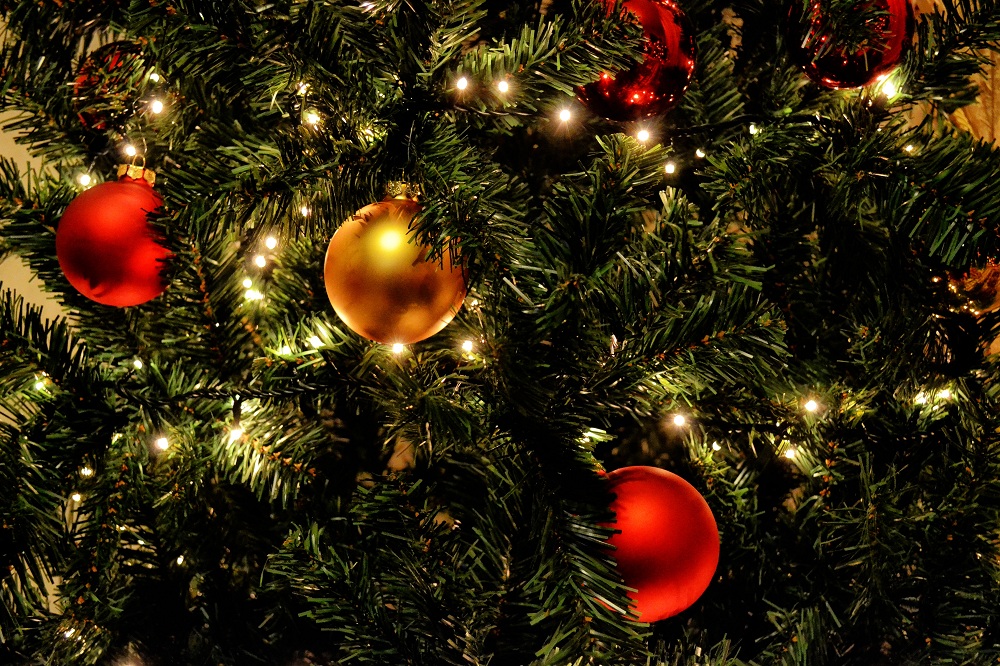- Traditional homes have a classic design and are more energy-efficient than modern ones.
- They may require more maintenance, especially for plumbing, electrical, heating, and cooling systems.
- Unique standard features like brick, woodwork, and vintage tile require specialized repair services.
- Combining modern technology with traditional features can make homes more comfortable and efficient.
While modern homes have their advantages, there are still many benefits to maintaining a traditional home. For one, traditional homes often have a more classic and timeless design, which makes them stand the test of time. In fact, according to a recent survey, more than half of homeowners in the US prefer a traditional home design over a modern one.
Additionally, traditional homes are typically more energy-efficient than modern homes. This is because they often feature thicker walls, which provide better insulation and can help keep your home warm during the colder months. According to the National Association of Home Builders, homes built before 1960 use about half as much energy per square foot as homes built after 2000.
Another essential benefit of traditional homes is that they often have larger yards and outdoor spaces. This can be great for families with children or pets, as they have more room to run and play. A recent survey found that more than 70% of homeowners in the US who own a traditional home also have a private outdoor space such as a backyard or garden.
However, maintaining a traditional home can be more costly and time-consuming than a modern one. Older homes often require more maintenance, such as repairs to outdated plumbing or electrical systems. Additionally, many traditional homes feature higher ceilings, which may need additional insulation to maintain the optimal temperature. Here are a few tips for maintaining a traditional home:
Regular Inspection of Home Systems

One of the most crucial aspects of maintaining a traditional home is regular inspection of the home systems. This is because many conventional houses are older and may have outdated or faulty systems that require maintenance or repair. Regularly reviewing these systems can help identify any issues early on, saving homeowners time and money in the long run.
Plumbing System
The plumbing system is one of the most critical systems to inspect in a traditional home. Older pipes may be made from materials no longer considered safe or prone to leaks or blockages. Regular plumbing system inspections can help identify issues before they cause significant damage. It is also essential to ensure that all plumbing fixtures, such as faucets and toilets, function correctly to prevent water waste and damage.
Electrical System
Another critical system to inspect in a traditional home is the electrical system. Older homes may have outdated wiring or electrical panels, which can pose a fire hazard. Regular inspection can identify electrical issues and ensure the system is up to code. Additionally, upgrading to more energy-efficient lighting and appliances can help reduce energy consumption and lower energy bills.
Heating and Cooling System
With higher ceilings and thicker walls, traditional homes may require more energy to maintain a comfortable temperature. Inspecting the heating and cooling system can help ensure it functions efficiently without wasting energy. It is also crucial to regularly replace air filters to maintain good air quality and prevent system malfunctions.
Roof and Insulation
Lastly, traditional homes may have unique roofing materials that require regular maintenance and inspection. Checking for leaks or damage can help prevent further water damage to the home’s interior. Additionally, ensuring the insulation is up to current standards can help maintain a comfortable temperature and save energy.
Getting Specialty Repairs

Specialty repairs for traditional home features are crucial to maintaining these timeless structures. Traditional homes often feature unique architectural details such as exposed bricks, intricate woodwork, and vintage tile. These characteristics add to the charm and character of these homes but also require specialized attention and care.
One of the most distinctive features of traditional homes is the use of brick in their construction. Brick is durable and aesthetically pleasing but can also show signs of wear and tear over time. Cracks, crumbling, and missing bricks are common issues that require specialized masonry brick repair services.
Masonry brick repair services involve replacing or repairing damaged bricks, applying a fresh coat of mortar, or re-pointing where necessary. These repairs restore the home’s beauty and help prevent future damage, such as water penetration, which can lead to more significant repairs and increased costs.
Traditional homes often have intricate woodwork that adds to the home’s character and charm. However, woodwork can also be susceptible to damage, such as warping, cracking, or rotting, impacting the home’s aesthetic and structural integrity.
Vintage tile is a unique feature of many traditional homes, adding a touch of nostalgia to the home’s aesthetic. However, these tiles can become damaged or worn over time, requiring specialized tile repair services.
Fusing Technology Wherever Possible
Despite maintaining traditional features, integrating modern technology can help make a traditional home more efficient and comfortable. Smart thermostats and home automation systems are becoming increasingly popular in older homes, allowing homeowners to remotely control their heating and cooling systems. Additionally, installing energy-efficient lighting and appliances can reduce energy consumption and lower bills.
Smart home technology does not have to be limited to the inside of the home. Installing motion-activated lighting in outdoor spaces can help keep your family safe while reducing energy consumption. Additionally, investing in an automated irrigation system can help conserve water and make caring for your garden effortlessly.
Final Thoughts
Maintaining a traditional home takes more work and money than a modern one; however, its classic character, energy efficiency, and unique features make it worthwhile. Regular inspections and repairs can ensure that these timeless structures stand the test of time and remain beautiful for many years. Combining modern technologies with traditional features allows homeowners to create comfortable and efficient homes without sacrificing their classic charm.

